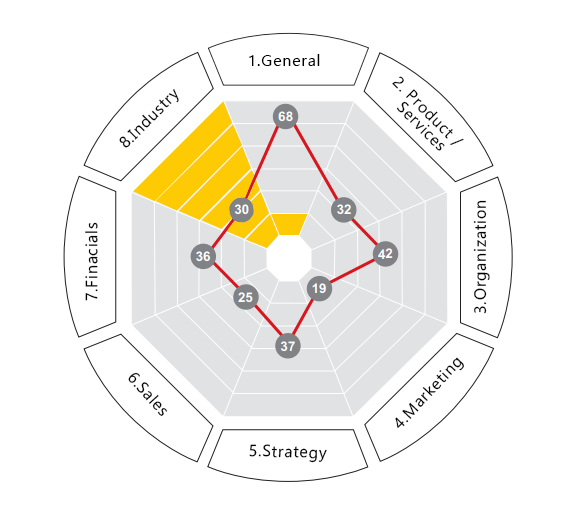An Industry 4.0 assessment is a process of evaluating an organization’s manufacturing operations and identifying areas where Industry 4.0 technologies can be applied to improve efficiency, reduce costs, and increase competitiveness.
An Industry 4.0 assessment typically involves several steps, those are:
- Identifying key areas for improvement: This step involves identifying areas of the manufacturing process that are causing delays, inefficiencies, or high costs.
- Analysing existing technologies: This step involves evaluating the organization’s existing technologies and identifying gaps in capabilities that can be filled by Industry 4.0 technologies.
- Identifying Industry 4.0 technologies: This step involves identifying Industry 4.0 technologies that can be used to improve the identified areas of the manufacturing process.
- Developing a roadmap: This step involves creating a roadmap for implementing Industry 4.0 technologies, including timelines, budgets, and key milestones.
- Implementing and monitoring: This step involves implementing the Industry 4.0 technologies and monitoring their impact on the manufacturing process

The benefits of Industry 4.0 assessment include:
- Improved efficiency: Industry 4.0 technologies are used to improve the efficiency of the manufacturing process, reducing lead times, and increasing productivity.
- Reduced costs: It will be used to reduce costs associated with inefficiencies, delays, and high inventory levels.
- Increased competitiveness: Used to increase the competitiveness of the organization by improving efficiency, reducing costs, and increasing the ability to respond to changes in demand.
- Improved decision-making: Process, Data and Tools used to improve the decision-making process by providing real-time data and analytics.
- Increased flexibility: It is used to increase the flexibility of the manufacturing process, allowing for faster response to changes in demand.
Overall Industry 4.0 assessment is a process of evaluating an organization’s manufacturing operations and identifying areas where Industry 4.0 technologies can be applied to improve efficiency, reduce costs, and increase competitiveness. It helps organizations to identify key areas for improvement, analyses existing technologies, identify Industry 4.0 technologies, develop a roadmap, implement and monitor their impact on the manufacturing process.

